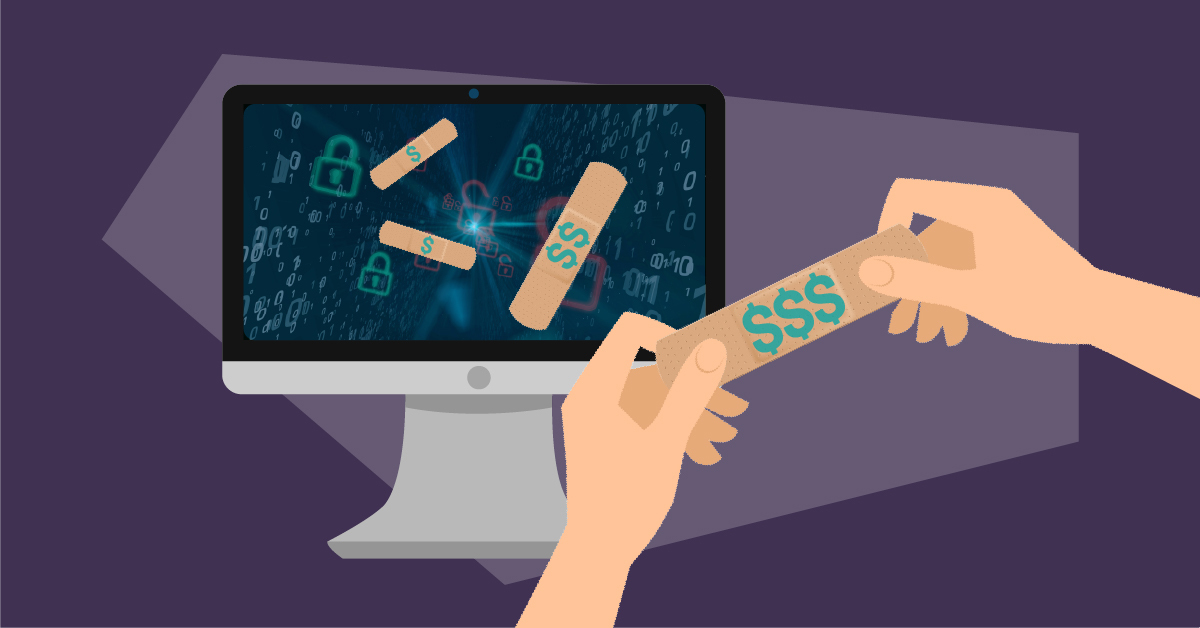

Data breaches are nothing new. However, the widespread use of tactics like ransomware, phishing, and malware attacks — combined with the constantly changing online world — has led to concerns that businesses have to deal with to prevent data loss and associated costs.
Sometimes there is no malicious hacker involved and a company must deal with human error, an insider leak, or payment fraud. Not only do organizations have to worry about the tangible, financial costs of these incidents, they also have to deal with indirect costs. Problems like this may last for a long time, long after the actual issue has been resolved.
Today’s reality is that ransomware attacks and other causes of data breaches cost a lot more than organizations may believe. In 2021, the overall average cost of a data breach went from $3.86 million to $4.24 million, according to the latest IBM report. It’s the highest average in the history of the report. There are many different costs associated with a breach, including notification, escalation, lost business, and responses costs. However, creating an estimated cost based on these factors alone isn’t enough. Often, you need to consider the cost of the ransoms themselves.
Uncovering the actual cost of a data breach is an important part of development, security, and operations (DevSecOps) for any organization. This guide will walk through how data breaches occur, the top risks of data breaches, and what the real costs actually look like.
A holistic approach to data security will ensure that every potential cause of a data breach is addressed. The most common reasons a data breach occurs include:
Knowing the causes of a data breach is the first step to protecting a business against them. There are many risks, outside of cost alone, that must be avoided with the right security approach.
Data breaches impact many different layers of a business, along with its employees and customers. Here are the key risks associated with data breaches that are so costly to organizations:
All of these risks are outside of the actual financial losses a business will receive, though some of them impact tangible costs. There are many layers to data breaches and thus many parts of the organization are impacted negatively.
Now, let’s talk about what the numbers say about data breaches. IBM’s thorough 2021 report assessed the average cost of ransomware attacks. The report found that ransomware breaches cost $4.62 million on average — which includes escalation, notification, lost business, and response costs. The biggest chunk of this is lost business, averaging $1.59 million.
However, these averages don’t include ransom costs themselves. Ransoms, which are what cybercriminals demand when they take control of sensitive systems and information, range from hundreds of thousands of dollars to over a million. In 2021, a ransomware attack on Kaseya resulted in a demand of $70 million, though these high demands are often thwarted. The average ransom payment jumped to $570,000 in the first half of 2021.
IBM looks at breaches ranging from 2,000 to 101,000 compromised records. A “mega breach” has more than a million compromised records, and IBM found that breaches of 50 million to 65 million records cost an average of $401 million.
Organizations also have to consider the cost of any penalties they may incur. For example, the Securities and Exchange Commission (SEC) could penalize a company if they find that an IT department identified a data vulnerability early on and didn’t tell business leaders about it.
These costs are significant, even if a breach is somewhat small. It is never worth the risk not to take all necessary steps to fully secure sensitive information and systems.
Sometimes organizations just need to find the right solution for stronger data security. Kiuwan offers software composition analysis and code security. Our solutions work for mobile and web application development. We can help with development operations and identifying vulnerabilities in code security with application security testing.
With Kiuwan, businesses can take advantage of an easy setup and start seeing assessments in minutes. We offer flexible licensing options depending on the particular needs of each organization. Contact Kiuwan today to learn more about how we help protect against data breaches.


